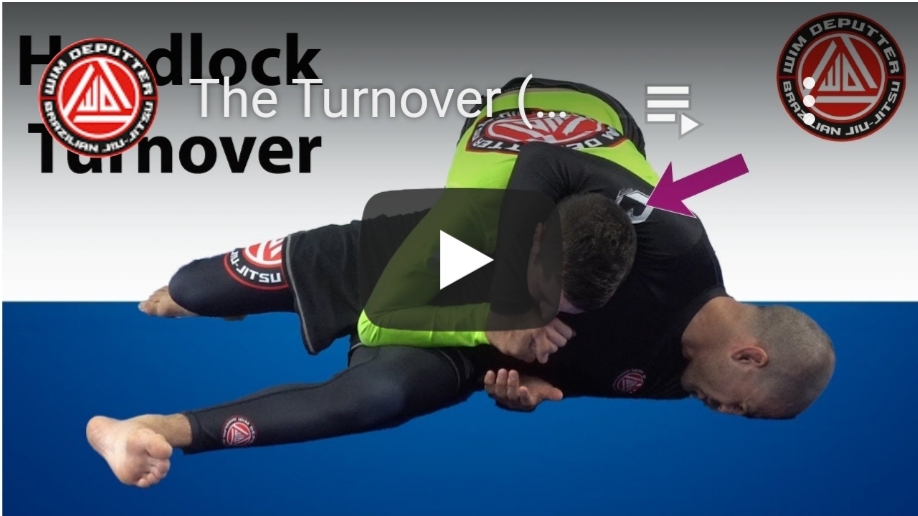The Headlock in Brazilian Jiu Jitsu
One of the most natural things untrained people do when grappling, is wrapping an arm around their opponent’s neck. The headlock (or gesa gatame in judo) is the first thing we do as beginning practicioners in Brazilian Jiu Jitsu and also the first thing our instructor tells us to stop doing unless you like getting your back taken and choked.
In the past I would have agreed with instructors discouraging the headlock cause indeed the back exposure is a risk.
Today I actually encourage it, for six reasons:
1). It’s a natural action. Instead of discouraging it, we can actually use it as it creates a sense of familiarity and it can also function as a first step to something better.
Also, better to let beginners experience why the headlock might be dangerous, instead of just telling them.
2). It encourages a good back defense early on and teaches students hip rotation in two directions (action reaction). This will be explained in part 2.
3). Offensive defense. The headlock is indeed relatively a “harder and riskier” position. If you can make the headlock work, you will realise there are actually no bad positions. There are only positions where you either know what to do or don’t know.
4). Since the headlock is a position with relative low complexity, it allows you to focus on the things that actually matter: connection, timing, weight distribution, posture and correct mechanics.
5). It encourages an open minded.
6). Because we discourage headlocks, nobody encounters them anymore on training. Because they don’t get train very often, it is actually common today to find advanced practicioners who can’t efficiently deal with them.
The only time we encounter them, is when a new beginner enters the gym and uses it. And cause they are usually beginners, we can even get away with a bad escape which would leave us open to many counterattacks against an advanced player using it.
Thus it becomes an underexplored part of the game. Our goal, or at least my goal as an instructor, is to fully explore the game, the good, the bad and the neutral.
For me personally, it’s a very easy position to explain the mirroring principle.
In other grapple arts like wrestling and judo the headlock is commonly taught as a throw. I know, in these arts the rules make it less dangerous to get your back taken. But still, there is something to be said about it.
I hope you enjoy exploring the Headlock together with me. Questions are always welcome. Let me know what you think in the comments!

